How to Grow Perfect Pansies: Varieties, Care, and Design Ideas
Discover essential tips for growing vibrant pansies, from choosing varieties to creative container designs.
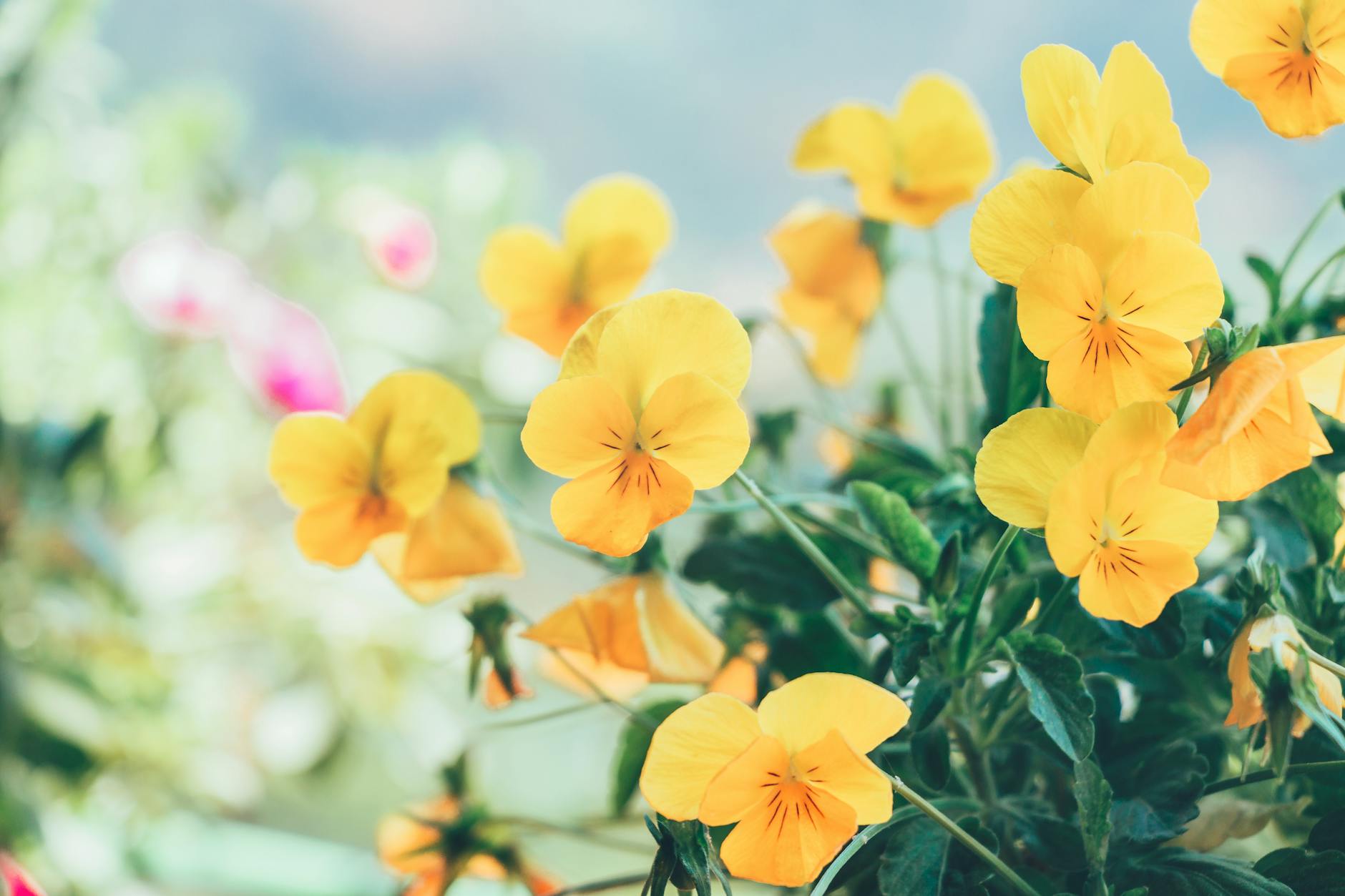
How to Grow Perfect Pansies
Pansies are among the most beloved cool-season annuals, renowned for their colorful, cheerful blooms and versatility in gardens and containers. With their wide spectrum of hues, pansies can brighten up any landscape from early spring through late fall. This comprehensive guide covers everything you need to know about growing vibrant pansies, including the many varieties, planting and care tips, container ideas, and answers to frequently asked questions.
Flower Colors and Characteristics
Pansies offer gardeners an incredible range of colors and patterns to choose from. These charming flowers are celebrated not just for their visual appeal but also for the variety of shapes and markings that add character to every garden bed and container.
- Color Range: From pure white and soft pastels to deep purples, burgundies, and nearly black hues.
- Patterns: Choose from solid colors, “blotched” centers (resembling faces), “whiskered” lines radiating from the center, or striking bi-colors and blended shades.
- Bloom Shape: Round, overlapping petals often with a slightly ruffled or crinkled edge.
- Foliage: Leaves are oval and bright green, forming a low rosette.
These features make pansies ideal for creating dynamic color combinations and adding personality to both garden landscapes and potted displays. Many gardeners use pansies to signal the arrival of spring or to add a pop of color as summer fades into autumn.
Types of Pansies
Pansies are often grouped according to their flower size and growth habit, offering options suited to a variety of planting styles and preferences. The most common categories include:
- Large-flowered: Blooms measure 3 to 4 inches across, providing major impact in beds or containers.
- Medium-flowered: Flowers range between 2 and 3 inches across; these are often more weather-resistant.
- Multiflora: Boasting smaller flowers (1 to 2 inches), these types typically produce a greater number of blooms at once.
- Trailing pansies: The newest category, featuring a spreading habit perfect for hanging baskets or as ground cover, with a cascade of color.
Within each category, you’ll find different groups or “series” that are collections of cultivars sharing similar traits but offered in a variety of colors and markings. This diversity allows gardeners to tailor their pansy selection to their specific aesthetic and functional needs.
Popular Pansy Varieties
Choosing the right pansy variety can make all the difference in your garden’s success and overall appeal. Here are some standout varieties:
Delta Yellow with Purple Wing
- Height/Spread: 4 to 8 inches tall, 6 to 8 inches wide
- Bloom size: 2.5 to 3 inches
- Description: Striking yellow flowers with bold purple wings bloom from early spring to fall, making them ideal for late fall and winter planting in mild climates.
Delta Pumpkin Pie Mix
- Height/Spread: 4 to 8 inches tall, 4 to 12 inches wide
- Bloom size: 3 to 4 inches
- Description: Features large, billowy flowers in shades of orange, some with deep burgundy blotches—perfect for classic autumn color. The tightly branched form resists stretching, so little maintenance is required to keep plants compact.
Frizzle Sizzle Blue
- Highlights: Known for its unique ruffled petals and intense blue color, this pansy adds texture and drama to any planting.
Additional Noteworthy Varieties
- Cool Wave Series: Trailing pansies with a spreading habit, excellent for hanging baskets or spilling over walls.
- Matrix Series: Adaptable to a wide range of climates, valued for their large blooms and sturdy stems.
- Penny Series: Compact, vigorous, and early-blooming, making them a go-to for mass plantings and containers.
- Majestic Giants: Extra-large flowers with classic “faces,” perfect for maximum visual impact.
When and How to Plant Pansies
Timing is crucial for growing healthy, floriferous pansies. Because they are cool-season plants, pansies thrive in mild temperatures and can withstand light frosts. Here’s how and when to plant them for the best results:
- Early Spring: As soon as the soil can be worked and the danger of hard frost has passed, set out pansy transplants. They can handle light frost but may be damaged by prolonged freezing.
- Autumn: In warmer climates, plant pansies in early fall for vibrant color throughout autumn, winter, and into spring.
- Soil Preparation: Use rich, well-drained soil. Amend garden soil with compost to improve fertility and drainage.
- Planting Depth: Bury the root ball at the same depth it was growing in its nursery pot. Space plants 6 to 12 inches apart, depending on variety and desired density.
- Watering After Planting: Give pansies a thorough initial watering to settle the soil and eliminate air pockets.
Planting pansies at the optimal time encourages robust root development before the hottest or coldest parts of the year, ensuring a longer bloom period and healthier plants.
How to Grow and Care for Pansies
Pansies are not challenging to grow, provided you cater to their basic needs:
- Light: Pansies perform best in full sun to partial shade. In hot climates, afternoon shade will help extend bloom time.
- Soil: Rich, well-draining soil is essential. Pansies dislike soggy conditions.
- Watering: Keep soil consistently moist but not waterlogged, watering whenever the top inch feels dry.
- Fertilizing: Use a balanced, water-soluble fertilizer every 2–4 weeks to encourage prolific flowering.
- Mulching: A layer of mulch can help retain moisture and keep roots cool.
- Deadheading: Remove spent flowers to prolong blooming and prevent seed formation.
- Pest and Disease Management: Watch for slugs, snails, and aphids. Good air circulation and avoiding overhead watering help prevent fungal diseases.
Pansies in Garden Design
Pansies are as versatile as they are colorful. Here’s how to incorporate them into your garden and landscape designs:
- Borders and Edging: Use pansies along the fronts of flower beds for crisp, colorful lines.
- Mass Plantings: Create large sweeps of color by planting a single variety in drifts.
- Interplanting: Tuck pansies amongst spring bulbs like tulips, daffodils, and hyacinths for early season color.
- Companion Planting: Pair with violas, primroses, snapdragons, or dusty miller for textural and color contrast.
Pansy Container Ideas
Pansies shine in containers, where their vibrant colors can be brought to eye level and accented with other early-season plants. Consider these creative container combinations:
Ranunculus & Pansy Container
- Description: Mix pansies with ranunculus, snapdragons, and tulips for a lush, textured look that lasts until summer annuals take center stage.
- Tip: Place this container in a prominent spot—like a patio or entryway—where you can enjoy the intricate blooms up close.
Petite Pansy Container
- Design: Use a small pot for a cheerful splash of color. Combine yellow and white pansies with a central rosemary plant. The rosemary adds height and a subtle fragrance, while the pansies provide continuous color.
- Suitability: Perfect for tabletops, small patios, or windowsills.
Additional Container Tips
- Choose containers with good drainage holes.
- Use high-quality potting mix for best performance.
- Rotate pansy containers to extend bloom time, moving them to cool, shaded spots as temperatures rise.
Combining Pansies with Other Flowers
Pansies can be combined with a wide range of other cool-season plants for maximum impact:
- Spring Bulbs: Plant pansies over bulbs like tulips, daffodils, and hyacinths to create a double layer of color as bulbs push up through the pansy foliage.
- Herbs: Rosemary, thyme, and parsley all pair beautifully with pansies in containers, adding visual interest and culinary benefits.
- Other Annuals: Mix pansies with violas, primroses, and ornamental cabbages for a long-lasting cool-season display.
- Perennials: Edge perennial beds with pansies for an early seasonal boost before other plants emerge.
Seasonal Interest and Longevity
Pansies excel as seasonal extenders in the landscape. Their tolerance for cool temperatures allows them to bridge the color gap between the seasons:
- Spring: Use pansies to jump-start your garden before summer annuals are available.
- Fall: Plant pansies in autumn for enduring color through the first frosts or even into winter in mild regions.
- Winter (in mild climates): Certain varieties bloom continuously through winter, especially in the South and West.
Troubleshooting Common Pansy Problems
| Problem | Symptoms | Solution |
|---|---|---|
| Wilting/leaves yellowing | Overwatering, poor drainage | Improve drainage, water only when soil feels dry to the touch |
| Few or no blooms | Lack of fertilizer or light | Apply a balanced fertilizer; move to a sunnier spot |
| Spotting or mold | Fungal disease from excess moisture | Improve air circulation; avoid overhead watering |
| Pest damage | Holes in leaves, chewed flowers | Handpick slugs/snails; treat aphids with insecticidal soap |
Frequently Asked Questions (FAQs)
When is the best time to plant pansies?
Pansies are best planted in the early spring or fall. They thrive in cool weather and can tolerate light frosts, making them ideal for early or late season color in your garden.
How long do pansies bloom?
Pansies generally bloom from planting time until temperatures rise above 75°F (24°C). In mild climates, they can flower continuously from fall through early summer.
Are pansies annual or perennial?
Pansies are typically grown as annuals or short-lived perennials. In most regions, gardeners treat them as annuals due to their sensitivity to summer heat.
How do I keep pansies blooming longer?
Consistent moisture, regular feeding, and deadheading spent blooms will keep your pansies flowering as long as possible. In summer, provide afternoon shade or move containers to cooler locations.
Can I grow pansies from seed?
Yes, pansies can be started from seed indoors 10–12 weeks before the last expected frost. Sow seeds in trays, keep them moist, and transplant outside after hard frosts have passed.
Will pansies survive a freeze?
Pansies tolerate light frosts and short freezes, but prolonged freezing temperatures may damage blooms or foliage. In coldest regions, plant pansies as soon as weather allows in spring or early fall for the best display.
In Summary
Pansies are a gift to cool-climate gardens: easy to grow, vibrantly colored, and endlessly versatile. Whether massed in beds, tucked among spring bulbs, or spilling from containers, they bring joy and bold color just when it’s needed most. By choosing the right varieties, planting at the right time, and providing attentive care, you can enjoy perfect pansies throughout the growing season. Experiment with creative combinations and let these cheerful flowers elevate your garden’s charm and beauty.
References
- https://www.gardendesign.com/annuals/pansy.html
- https://www.bhg.com/gardening/flowers/annuals/how-to-select-and-grow-pansies/
- https://www.finegardening.com/article/pansies
- https://thekokorogarden.com/blog/2020/4/27/growing-violas-and-pansies-for-the-flower-farmer
- https://www.gardengatemagazine.com/articles/container-gardening/container-garden-plans/pansy-container-ideas/
Read full bio of Anjali Sayee



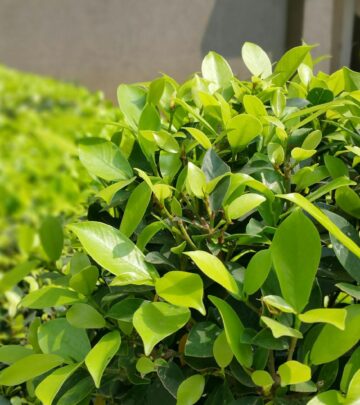
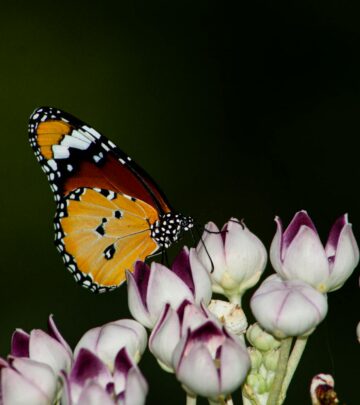
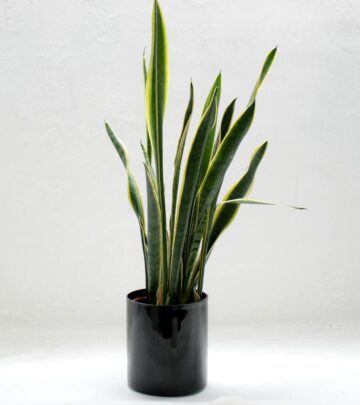

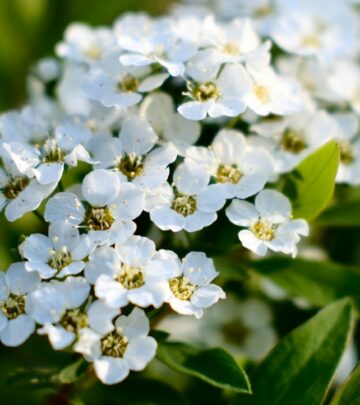

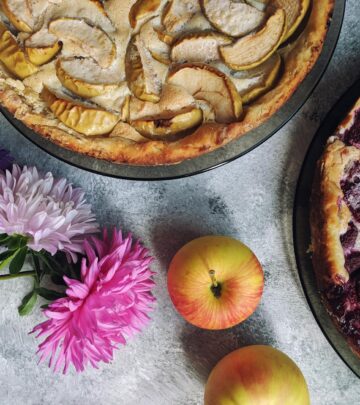








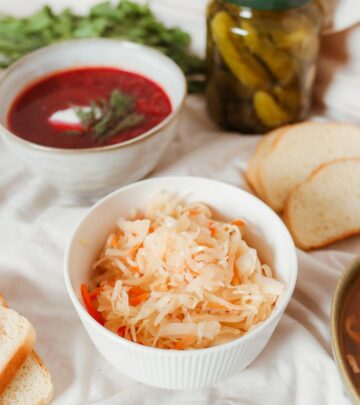
Community Experiences
Join the conversation and become a part of our empowering community! Share your stories, experiences, and insights to connect with other beauty, lifestyle, and health enthusiasts.